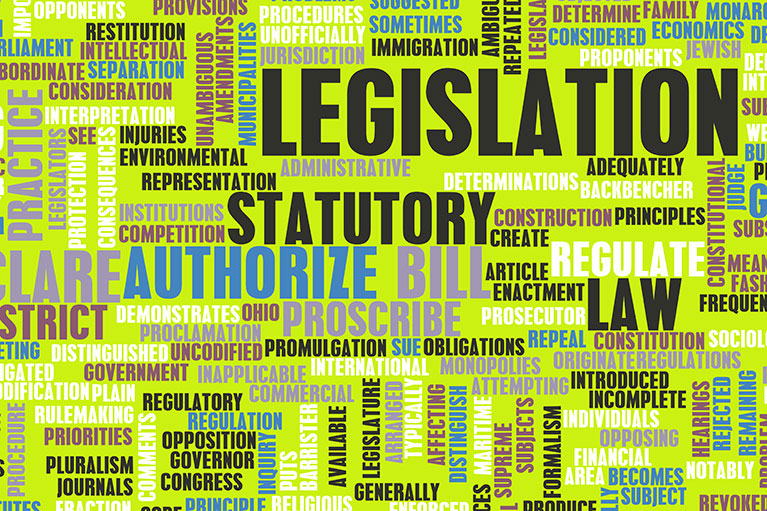As with many elements of the economy in these days of the coronavirus epidemic, it is not only taxation and superannuation dealings that have been touched by the COVID-19 virus — the rules governing employment transactions, for both employers and employees, have also of necessity gone through a transformation.
Employment law Q&A
What are the remedies for an employer where the employee is unwilling to work additional hours equivalent to the $1,500 per JobKeeper fortnight?
The employer can request that the employee work additional hours but cannot enforce it. Additionally, the employer has all the usual rights to dismiss the employee for failing to comply with a lawful and reasonable direction. Once employment is terminated, the employer is no longer entitled to JobKeeper payments for the employee. Of course, the employer also faces all the usual risks associated with dismissal, including potential challenge under unfair dismissal laws.
Do the Fair Work changes also apply to casual employees?
Casuals with at least 12 months regular and systematic employment as at 1 March 2020 are eligible for JobKeeper. However, there is no obligation to retain casuals if the employer does not wish to. Any decision to dismiss will attract the usual liability for unfair dismissal (which casuals can access if they have regular and systematic employment of 12 months or more and a reasonable expectation of that continuing).
Do the JobKeeper Enabling Directions apply if the employer is unsure whether they qualify for JobKeeper assistance?
No, the employer must be entitled to receive JobKeeper payments for the employee before it can issue the direction.
An employer has ceased business due to COVID-19 restrictions. The employer has started paying employees their full payments but deducting annual leave and/or long service leave depending on the balance of those entitlements. After the employees have signed the JobKeeper Nomination Notices the employer sent the employees an email advising that the employer will only pay 2 days annual leave and 3 days unpaid leave to keep the payment in line with the wage conditions of $1,500, which will accrue 2 days of annual leave and sick leave, not as the full week. Is this lawful?
The employer must issue a JobKeeper Enabling Stand-down Direction to reduce the employee’s hours to nil and approve the annual leave to be taken on two of the weekly days of work. The current situation mentioned is unlawful but can be easily made lawful.
If there is a reasonable expectation that a casual employee will not be required in the future (even if they are a long-term casual), can they be dismissed?
The employer has no obligation to keep a casual on its books if it doesn’t need to. However, if the casual employee has 12 months plus regular and systematic service, they might be able to challenge the dismissal as an unfair dismissal.
If an employer does not qualify for JobKeeper as they do not meet the decline in turnover test, can they nevertheless ask the employees to take a pay cut?
If the employee agrees to the pay cut then it will take effect provided it doesn’t go below the statutory minimum wage set by an award or legislation.
Where an employee is refusing to come to work as they are concerned about contracting COVID-19, however they have not resigned or been terminated, is JobKeeper assistance available?
Yes, provided the employee has submitted a Nomination Notice and the other JobKeeper eligibility criteria has been met.
If an employer cannot afford to meet the wage condition for all employees, can some staff be made redundant?
Nothing in the JobKeeper scheme prevents redundancy, provided it is not because of the JobKeeper scheme. If the retrenched employee makes an unfair dismissal claim, the employer will need to show why it was not reasonable for the employee to remain on JobKeeper and not be retrenched. Unfair dismissal laws apply. Also note the Federal Treasury’s position on this issue:
WHAT HAPPENS IF I DON’T HAVE THE MONEY TO CONTINUE PAYING MY ELIGIBLE EMPLOYEES UNTIL THE PAYMENTS ARE MADE?
The JobKeeper Payment is a reimbursement scheme that will be paid by the ATO monthly in arrears.
In cases where this presents cash flow difficulties, businesses may want to speak to their bank to discuss their options. The banks have said businesses may be able to use the upcoming JobKeeper Payment as a basis to seek credit in order to pay their employees until the scheme is making its first payments.
The ATO will be permitted to verify an employer’s notification of entitlement for the JobKeeper Payment receipt to authorised deposit taking institutions (ADIs) such as banks to assist them with providing bridging finance to eligible employers.
The banks have also agreed to set up special hotlines to help businesses who need finance to bridge the gap until the first JobKeeper Payment is made. The banks have also agreed to bring JobKeeper-related applications to the front of the queue and work with the ATO to accelerate the finance assessment process.
Are labour hire employees considered to be casual employees?
Usually labour hire employees are considered casual, however each case would need to be considered on the particular facts.
If an employer does not qualify for JobKeeper assistance, can the employer reduce employees’ hours as a cost saving measure?
You can ask employees to reduce their hours but you can’t direct them to do so, unless they agree or there is a mechanism in an award or contract that permits it. Consultation would be important.
